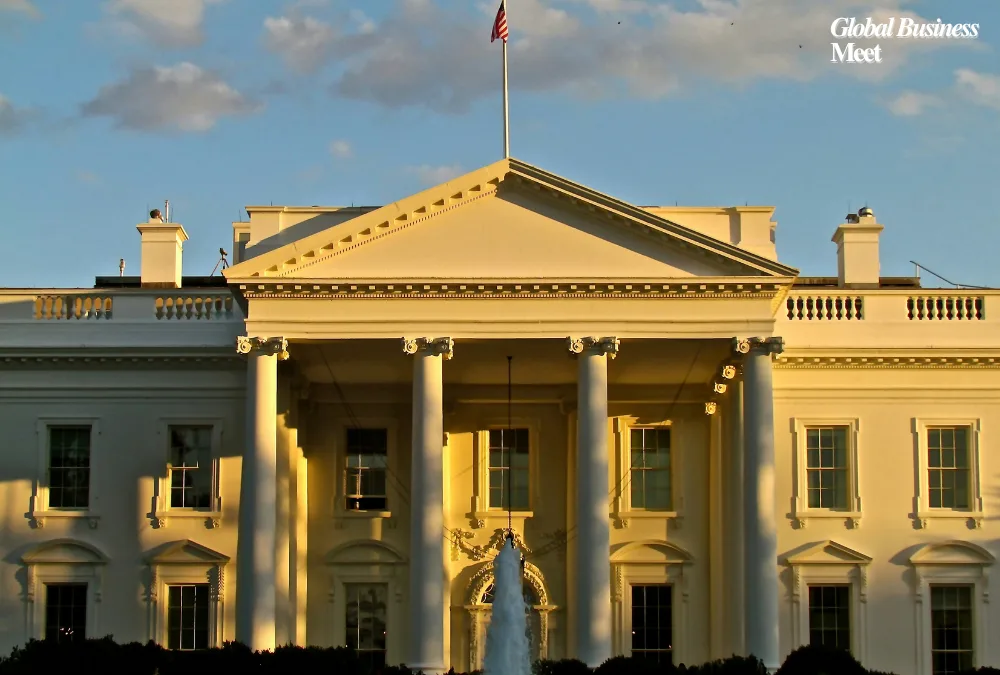
India’s interior regions have seen an impressive rise in the trade of bitcoin over the last few years, a move that has been spurred mainly by poor income levels and slow employment growth. During times of economic downturns, people like Nagose, the owner of a flower shop in Nagpur, have resorted to digital currencies to make extra money. This change is in line with the broader trend in Indian youth for such cryptocurrencies like Dogecoin, Ethereum, and Bitcoin since there are scarce traditional career paths as the nation has made its phenomenal economic bound.
The growing demand for cryptocurrencies is not limited to large cities only. According to statistics, non-metro cities are playing an important role in the development of the cryptocurrency market in India. WazirX, one of India’s top cryptocurrency exchanges, for example, saw a massive 2,648% growth in sign-ups by users from tier 2 and tier 3 cities. Surprisingly, women in these areas are displaying a higher level of interest in cryptocurrency compared to their urban counterparts. Trading volumes on the major exchanges have doubled as a result of this general acceptance, rising to $1.9 billion in the fourth quarter of 2024.
Even though cryptocurrency trading has gained immense popularity, India does not yet have any clear regulatory framework to control digital assets. Even though the government has slapped a hefty 30% tax on profits from cryptocurrencies, it is yet to frame any clear regulations for the industry. Investors are hassled because of this regulatory ambiguity, which can also affect the growth curve of the market. However, the growing demand from non-metropolitan areas is expected to propel the overall growth of the Indian cryptocurrency market.
The boom in rural India of bitcoin trading reflects the urgent need for good financial literacy and education. Knowledge of the risks and market forces involved are essential as more people use digital currencies as alternative sources of income. Although cryptocurrency promises profitability, investors must manage their volatility and regulatory concerns with care.
In short, the lack of traditional employment opportunities and rising salaries are the drivers of expansion in bitcoin exchanges in India’s interior states. As cryptocurrency assets become more popular, especially in the non-metropolitan areas, they have advantages and disadvantages. The survival of the movement will be dependent on the establishment of open regulatory frameworks and the development of adequate financial literacy to facilitate safe and informed entry into the cryptocurrent market.
















































